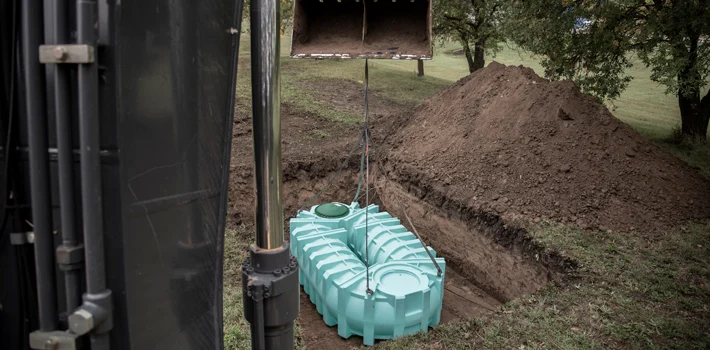If you live in an area lacking water, an underground water tank can be your best friend. It helps you store water and maintain household needs during the dry season. However, this type of storage tank is not as popular as above-ground tanks because of safety concerns.
So whether you are installing an underground tank for the first time or looking to upgrade your existing one, consider these points before making any final decisions. Also, let us try to understand how safe is an underground water tank.
Factors that determine the safety of your underground tank
A few factors determine how safe your underground water tank is. These include the location of the tank, type of tank, capacity, the material used, and installation method.
You must also consider if your underground water tank has been maintained correctly or not.
Type of Tank
Your first step in determining the safety level of your underground water tank is to find out what kind of storage system you have. Many different types of tanks are available, but these usually fall into two categories: above-ground storage systems or below-ground storage tanks.
Below-ground tanks are much safer than their above-ground counterparts because they are less likely to burst due to pressure increases and less prone to damage from extreme weather conditions such as high winds or heavy rainfalls.
The capacity of the tank
The amount of water stored in an underground water storage tank may impact its safety level. It is because larger capacities can lead people to think there’s enough space for them when there isn’t.
The material used in the overall design
When considering whether an underground water reservoir will be safe enough for long-term use involves finding out what materials were used during construction. It is choosing between galvanised steel versus PVC piping that can help determine how durable they’ll be over time while providing adequate protection against corrosion.
How to check if it is installed correctly?
This can be done by checking a few things:
- The tank should be buried deep enough. It is not advisable to bury the tank more than 1 metre below ground level.
- The tank should also be adequately buried to protect it from water, sunlight, and other factors that may damage the underground water storage system.
If you’re installing an underground water tank for the first time, consider these points:
Check the specifications
If a supplier has given you an underground water tank capacity and you find that it’s substantially lower than those from other suppliers, ask why. An underground tank should have a minimum capacity of 10,000 litres (2,642 gallons) to be effective. The larger the capacity of your tank, the more cost-effective it will be in terms of energy usage and installation costs. It also means that there’s less chance of contamination or overflow if someone uses too much hot water in one go or forgets to turn off their taps while they’re away from home—something that’s likely to happen at least once if you’ve got kids!
Make sure it’s installed properly
The installation team should check all fittings and connections before fully installing, to ensure there aren’t any leaks when everything is set up. You don’t want waste water seeping back into our precious ground resources!
Conclusion
When buying an underground water tank, there are a few things you need to keep in mind. It is from the type of tank you are getting, the material used, and the tank’s capacity. Consider these points above if you’re installing a new tank for the first time.



















